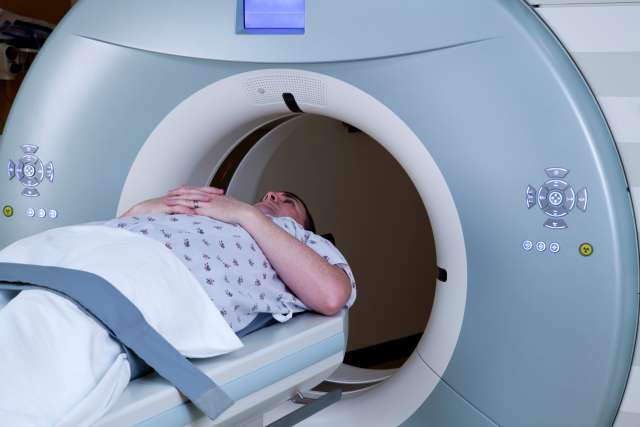In a published by JAMA Network Open, UCLA researchers found that the distribution of industry payments appears to show sex disparity in industry relationships among radiation oncologists. According to the study, female radiation oncologists received a smaller-than-expected percentage of the total industry payments made to radiation oncologists across different types of corporate payments received, including payments in research, consulting, honoraria, industry grants, royalty or license, and other services.
“Similar to women in other historically male-dominated fields, female radiation oncologists face unique obstacles in achieving many metrics of career success, including equal salary, research funding, and academic promotion,” said Dr. Ann Raldow, a member of the UCLA Jonsson Comprehensive Cancer Center and an Assistant Professor of Radiation Oncology at the David Geffen School of Medicine. “Our study of industry payments found that female radiation oncologists were less likely than their male colleagues to receive payments from industry and that these payments tended to be of smaller monetary value.”
UCLA’s investigators obtained 2016 data from the Centers for Medicare and Medicaid Services Open Payments program and the CMS Physician and Other Supplier Public Use File databases. As required by law, individual industry payments greater than $10.22 or a total of payments greater than $102.19 in a calendar year must be reported.
The data showed that of the 4,483 radiation oncologists who were actively practicing in 2016, 1,164 or 26 percent were female and 3,319 or 74 percent were male. The data also showed that out of the 1,164 total female radiation oncologists, 715 or 61.4 percent received at least one industry payment. Out of 3,319 male radiation oncologists, 2,337 or 76.6 percent received at least one industry payment.
Including all radiation oncologists who received industry funding, females earned a smaller percentage of total industry funding than males across all funding categories. Of the more than $1.3 million royalty or license payments made to 72 radiation oncologists, none were made to female oncologists.
“The identification of the gender gap in industry relationships is only a step toward greater parity in radiation oncology,” said Julius Weng, a medical student at David Geffen School of Medicine at UCLA who is first-author on the study. “The cause of the disparity is likely multifactorial and further research into why such a gap exists is needed. We hope that this study stimulates discussion as to how we as a community—regardless of gender—can best advocate for and work toward equality.”
The authors did not receive financial support for this study.
The team that contributed to this report includes Julius Weng, Dr. Luca Valle, Gina Nam, Fang-I Chu, Dr. Michael Steinberg, and Dr. Ann Raldow.




